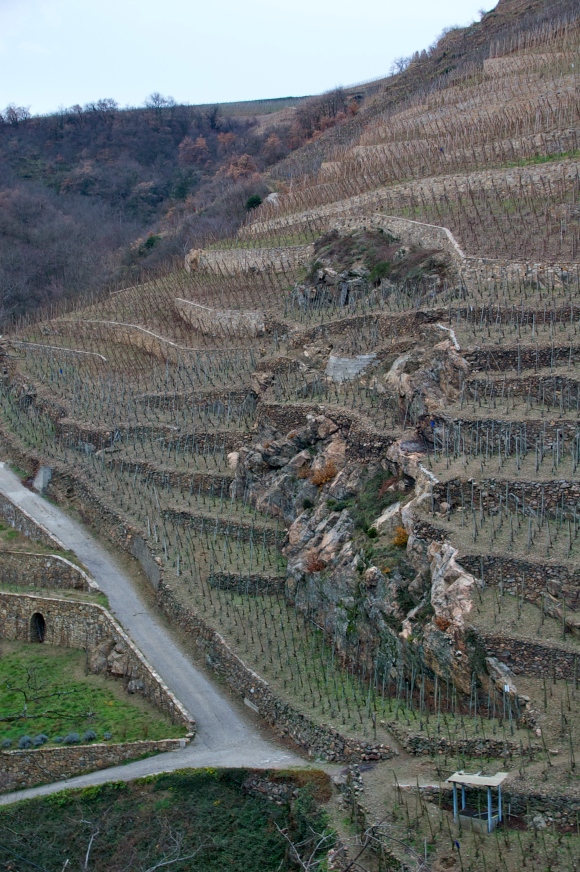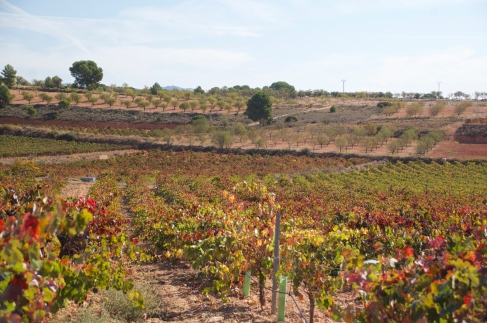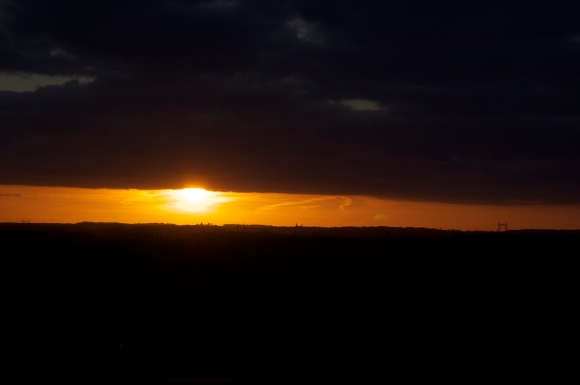A recent piece on Radio France International (RFI), the French international public radio, reveals some of the current wine research questions being investigated at INRA, the French National Institute for Agricultural Research. But more importantly, the format of the interview gives us some insight into what aspects of wine science are intriguing to the public, thus pointing out some trails to follow to better communicate wine science with the non-wine industry public.
The context, of course, is a bit particular to France, as the French public has a special relationship with wine that is unlike that of many other countries. French culture is historically and traditionally tied up in the production and consumption of wine, so it is naturally a subject with importance to the public. The wine industry carries huge economic weight in France, being the second most important export industry after aviation. Production is widespread and diverse, with a major impact in almost all regions of the country. And the concept of terroir is one that is well-integrated into society, commonly referred to, if not always completely understood in its technical sense, as it is a concept that is used not only in wine, but also in discussing other food products with a fundamental tie to their birthplace.
This context must be kept in mind, but does not mean that the issues addressed in the piece are not pertinent to the public in other countries. France is an example of a nation that takes wine very seriously, but this trend is being picked up in other regions with growing production and consumption of wine. Thus the presence of wine science in French public media can be a model for other cultures, of ways in which we can approach scientific questions of pertinence to wine, giving us an indication of the elements of wine most intriguing to an inquisitive public thirsty for understanding and for wine.
The panel interviewed on Autour de la question included researchers from INRA in Montpellier and Colmar. Véronique Cheynier, the research director at Monpellier whose research is focused on polyphenols, Jean-Luc Legras who studies the role of yeasts in winemaking, and Philippe Hugueney, research director at Colmar who studies primary aromas produced in different grape varieties.
The host, Caroline Lachowsky, launched the conversation with a question that I know well. A question that intrigues me to no end and thus delighted me to hear on this show, confirming its relevance and interest : is winemaking a science or an art, or some combination of the two ?
The response picked up on a classically French element of this discussion : terroir. Dr. Legras took the idea that a wine is an infusion of vineyard stones and defended it, at least for certain varieties, in proposing as an example the wines of Alsace, which can have entirely different profiles, even coming from a single producer who treats all of his wines equally, the only difference being the vineyard site. What doesn’t come up until later is that this idea of minerality, of typicity of place, has not yet been linked directly to the soil. But here he plays on the fascination aspect, the magic that is what intrigues the public about wine. He openly admits that these differences in terroir are perceptible, but doesn’t expand on the science (or lack thereof) behind it at this point. The panelists wait until the question is posed a bit differently, in terms of how the specificity of a soil might be injected into the wines, to clarify the state of the science on this matter. Here Philippe Hugueney discusses the known direct influences of soil on grape quality – that soil nitrogen content impacts grape color, but that the roles of the minerals in the soil remain mysterious. He explains that the popular term minerality has no agreed-upon definition and how this characteristic might come from the soil is still unknown (here I would add that we don’t even know whether this is the right question to be asking – there is much debate as to whether minerals in the soil even have an influence on this ‘mineral’ character, and thus we are not even yet at the point of working out how, but still at the level of if they have an impact).
How is it, then that such an intriguing question, one of the first to be posed in this interview, in an accurate reflection of its frequency amongst wine lovers, remains unanswered?
Lachowsky later asks what types of evolution wine and wine styles have undergone over the years – if the identity of wine is changing, becoming sweeter, more or less acidic, or higher in alcohol. Dr. Cheynier jumps to respond that the wines are certainly higher in alcohol, due to faster maturity and higher sugar levels, which are then converted through fermentation into elevated alcohol levels in the final wines. She attributes this major shift to climate change, another hot topic in wine science as well as in the public eye. Though a hugely important element to explore, here I think that the conversation was left isolated a bit too far into the scientific realm, as there are a host of other factors influencing the evolution of what we consider to be quality wine, or wine that consumers are interested in purchasing. There is an element of taste, of fashion, here, that, while perhaps more fickle and trivial than climate change, is important to consider, especially when communicating with the public. This is yet another aspect of the complexity of wine, and the complexity of understanding climate change, as we often cannot differentiate cause and effect in the race toward bigger, bolder, more powerful wines that has been occurring over the past 20-30 years.
Here is a potential disconnect between how researchers see the world – focusing on climate change as the primary factor influencing the evolution of wine styles, while consumers might be more interested to hear about the interaction between climate change and changing tastes with the introduction of new producer countries, the expansion of consumption in nations where wine-drinking was not traditionally part of the culture, et cetera.
The host was quick to pick up on the great complexity of wine science – of the distinct parts that must work together – plant physiology to understand the compounds present in the grapes, microbiology of the yeasts that produce the fermentation, and how these two interact to create the complex chemistry of finished wine. And furthermore, the complexity of all of the environmental factors that go into making a wine – the elements of terroir : soil, climate, geography, and viticultral and winemaking techniques, the influence of pests, diseases, beneficial insects, yeasts, bacteria and other organisms that play a role in determining the final product.
This complexity, at every level, at every turn, is where we should really focus in communicating wine science. This is what makes the system endlessly interesting, but also endlessly difficult to study. But this is where the magic is. And it is precisely this magic, this wonder, that is what attracts people to wine. So to incite and interest in science in those already intrigued by wine, we can use this ‘magic’, this complexity, to unite the two and spark passion for a new level of understanding in those who are enthralled by this fascinating beverage.
You can listen to or download the radio show (in two parts), Autour de la question (French) at the following links :
Part 1: http://www.rfi.fr/emission/20131218-1-pourquoi-le-vin-soif-recherche
Part 2 : http://www.rfi.fr/emission/20131218-2-pourquoi-le-vin-soif-recherche





